
Flu
The influenza virus revisits us nearly every year. Months before a new outbreak infects humans, it develops in chickens, usually held in tight quarters on small farms in China. The virus finds its way into their droppings, which land in pig pens. Some copies of the virus are capable of infecting the pigs, and then the pigs spread the virus to humans. Influenza only spreads when the temperature is right. The depth of winter is too cold, and summer, spring, and fall are too warm. Only as the worst weather of winter approaches and leaves does the virus survive in the air to infect people. Some strains of flu virus also infect dogs, horses, and seals.
- Important notification about information and brand names used in this slideshow!
- Photo courtesy of zenilorac by Flickr : www.flickr.com/photos/zenilorac/2114822861/
- Centers for Disease Control and Prevention. Key Facts About Seasonal Influenza (Flu). Centers for Disease Control and Prevention. Available at http://www.cdc.gov/flu/keyfacts.htm. Accessed November 22, 2013.

Bubonic Plague
Bubonic plague is named for its most horrific symptom, buboes, masses of infection that grow in the skin that are especially common in strains of the disease spread by fleas that live on cats. Bubonic plague can also cause pneumonia, meningitis, and septicemia ("blood poisoning") in just a few days. As awful as its effects on humans are, however, bubonic plague is primarlly a disease of fleas, which are spread from human to human after contact with animals that have contact with rats and mice, or by contact with the fecs and urine of the pesteriferous rodents without appropriate protection of the skin. Even with modern medicine, plague is fatal 20 to 50 percent of the time, 100 percent of the time when it is not treated.
- Important notification about information and brand names used in this slideshow!
- Photo courtesy of Hans Splinter by Flickr : www.flickr.com/photos/archeon/48606293/
- Chain PS, Carniel E, Larimer FW, Lamerdin J, Stoutland PO, Regala WM. Insights into the evolution of Yersinia pestis through whole-genome comparison with Yersinia pseudotuberculosis. Proc Natl Acad Sci U S A. Sep 21 2004.101(38):13826-31.

Ebola
The dread ebola virus is one of about 30 viruses capable of causing viral hemorrhagic fever syndrome, in which a rash morphs into easily bleeding skin, headache, muscle pain, joint pain, and in cases that result in death, rapid, shallow breathing (tachypnea). Some people actually survive ebola, but their caregivers often catch the disease themselves. It is not known which jungle animal or insect harbors the disease, but once a human being catches it, the virus can be spread by saliva droplets, mucus, or blood. The virus also can be spread through the air, making it a potential tool of bioterrorism.
- Important notification about information and brand names used in this slideshow!
- Photo courtesy of NIAID by Flickr : www.flickr.com/photos/niaid/8425030684/
- Leroy EM, Baize S, Volchkov VE, Fisher-Hoch SP, Georges-Courbot MC, Lansoud-Soukate J, et al. Human asymptomatic Ebola infection and strong inflammatory response. Lancet. Jun 24 2000. 355(9222):2210-5.
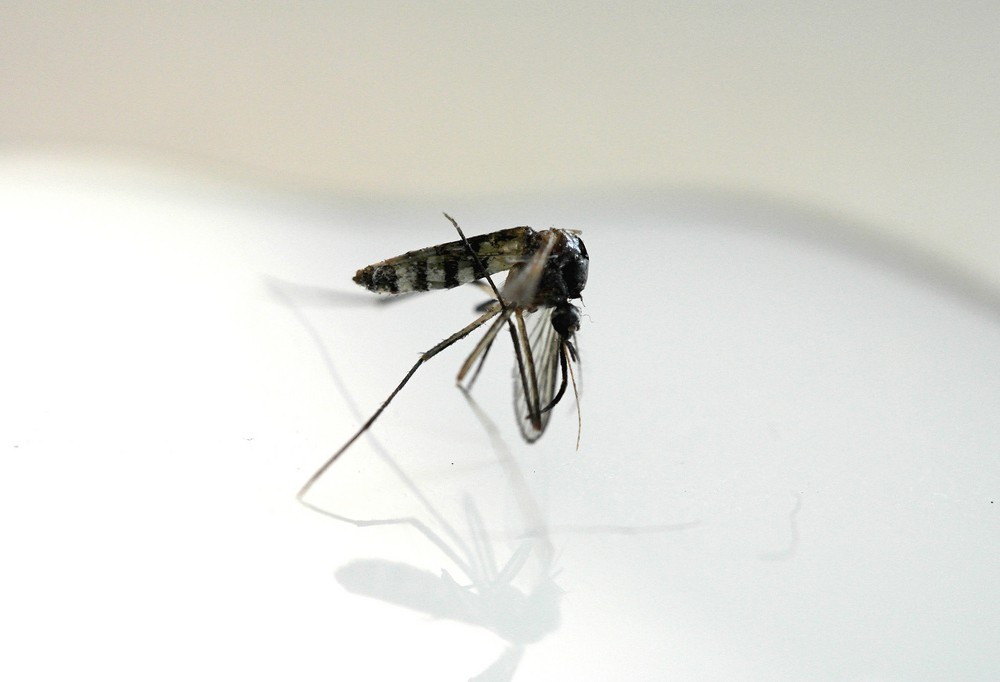
Malaria
Over 300 million people worldwide carry the parasite that causes malaria, a single celled "animal" known as a protozoan called Plasmodium. In its inactive state, the malaria parasite can be carried from person to person though bites by the Anopheles mosquito. The parasite lives in the bloodstream, causing chills and fevers on a predictable schedule, only slowly weakening its host unless, ironically, the infected person has been given iron supplements or unusually rich food, which activate the parasite. Treatment of malaria is still very difficult, although the Bill and Melinda Gates Foundation is seeking a vaccine to prevent malaria infection.
- Important notification about information and brand names used in this slideshow!
- Photo courtesy of Thomas Wanhoff by Flickr : www.flickr.com/photos/wanhoff/9081180282/
- Leroy EM, Baize S, Volchkov VE, Fisher-Hoch SP, Georges-Courbot MC, Lansoud-Soukate J, et al. Human asymptomatic Ebola infection and strong inflammatory response. Lancet. Jun 24 2000. 355(9222):2210-5.'
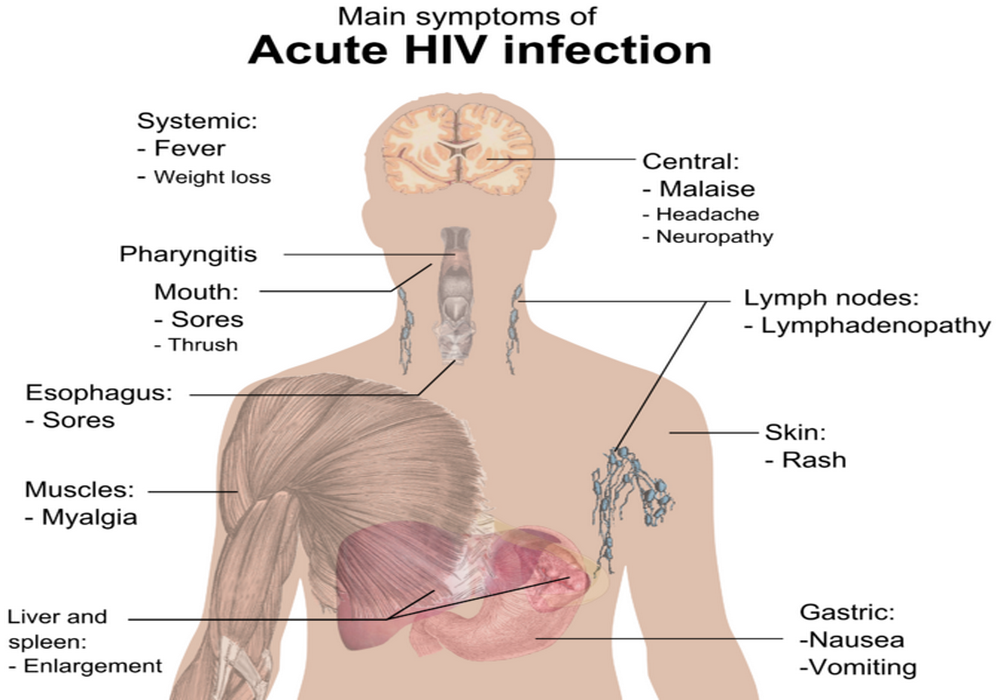
HIV
The HIV epidemic first came to light in the 1980's as an epidemic among gay men, although nowadays far more often new infections occur among women who have sex with men, and the men who have sex with them. The origins of HIV seem to have been in a kind of chimpanzee known as a sooty mangabee, in West Africa. The first human infected with the virus was probably bitten by a chimpanzee rather than having sex with one. Samples of the virus date from as long ago as 1958, before it was known to medical science, and before there was a "gay epidemic."
- Important notification about information and brand names used in this slideshow!
- Photo courtesy of Mikael Häggström by Wikimedia Commons : en.wikipedia.org/wiki/File:Symptoms_of_acute_HIV_infection.png
- Barclay L. HIV: guidelines stress role of primary care in management. Medscape Medical News [serial online]. November 14, 2013. Accessed November 21, 2013.
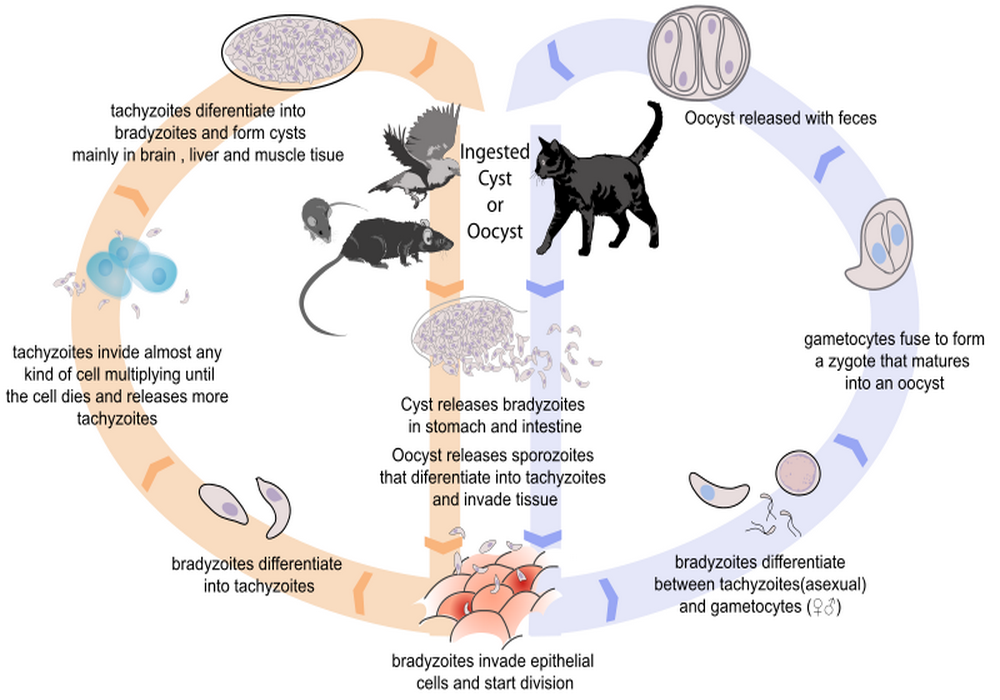
Toxoplasmosis (Insane Kitty Disease)
Over 50 million Americans are infected with the parasite Toxoplasmodium gondii, which causes a condition known as toxoplasmosis, or insane/crazy kitty disease. In humans, infection with the parasite increases the likelihood of schizophrenia or neurotic behavior. The parasite uses its feline host as a site for sexual reproduction. Its cysts are expelled with cat droppings, and humans contract the disease when they clean out litter boxes. During the first few days after infection, the parasite causes sore throat, headache, and muscle pain, much like flu, but months or years later it can cause chronic headache, seizures, Parkinson's disease-like symptoms, delusons, hallucinations, and paranoia. Most cases, fortunately, are so mild they do not have to be treated.
- Important notification about information and brand names used in this slideshow!
- Photo courtesy of LadyofHats by Wikimedia Commons : en.wikipedia.org/wiki/File:Toxoplasmosis_life_cycle_en.svg
- Lindsay DS, Dubey JP. Toxoplasma gondii: the changing paradigm of congenital toxoplasmosis. Parasitology. Sep 9 2011
- 1-3.
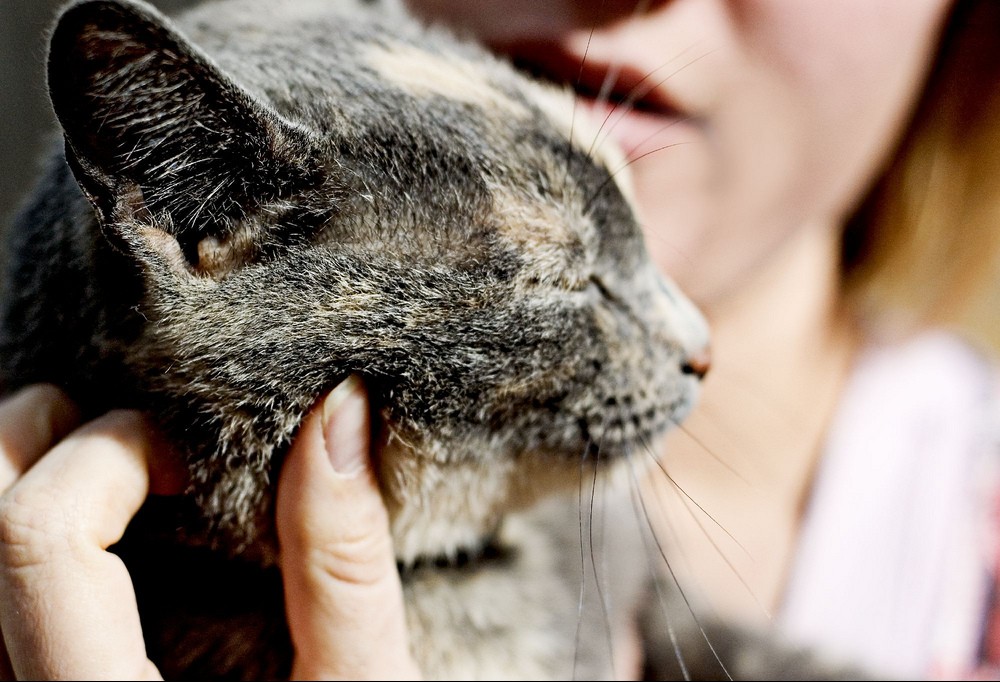
Cat Scratch Fever
Cat scratch fever, as you might expect, is transmitted to humans from cats. A bacterial infection, cat scratch fever (also known as cat scratch disease) is one of the most common causes of swollen lymph glands in North American children and teens. The first sign of infection is a reddish-brown rash, followed by swollen lymph glands, and then possibly malaise, fever, sore throat, loss of appetite, and changes in vision. About 5 percent of cases cause some involvement of the brain. In rare cases there are seizures or psychiatric issues. Cat scratch disease is usually treated with antibiotics, especially when there is "oozing" from the lymph nodes.
- Important notification about information and brand names used in this slideshow!
- Photo courtesy of beau-foto by Flickr : www.flickr.com/photos/belkins/2221733164/
- Bergman AM, Groothedde J-W, Schellekens JFP et al. Etiology of catscratch disease: a comparison of polymerase chain reaction detection of Bartonella and Afipia felis DNA with serology and skin tests. J Infect Dis. 1995. 171:916-923.
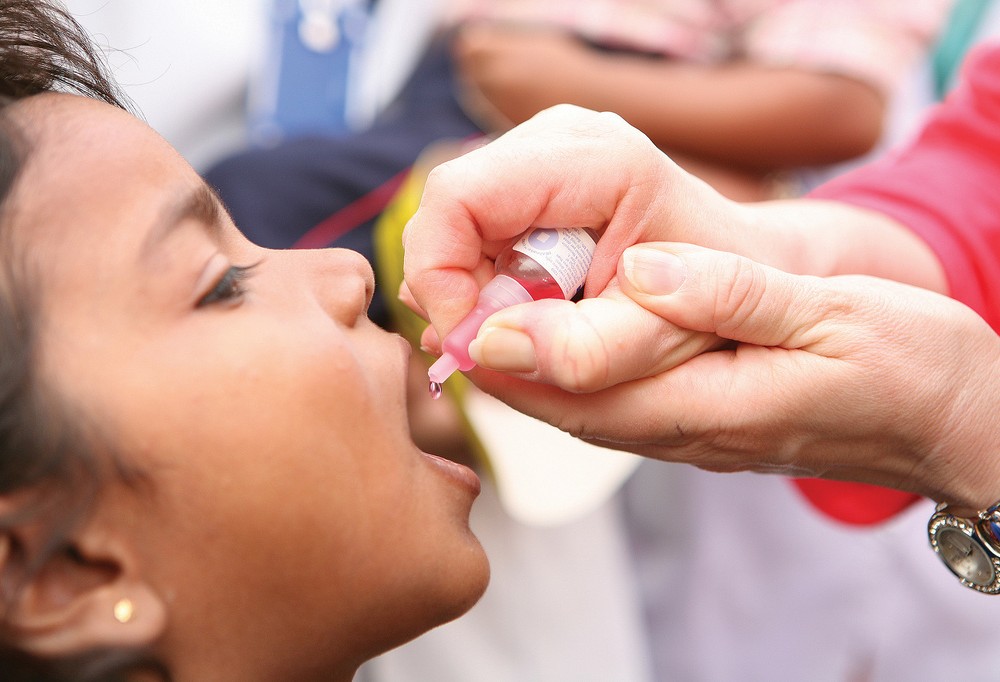
Polio
Poliomyelytis, better known as polio, was once a dreaded disease. Every year this highly infectious viral disease would spread from child to child. The overwhelming majority of infections did not even cause symptoms, but in about 5% of cases the virus caused flu-like symptoms. In about 2% of cases, the disease resulted in spinal polio, which caused paralysis and breathing problems, or bulbar polio, which interfered with sight, taste, swallowing, or breathing, or both. The creation of a polio vaccine made the disease rare and limited to the world's poorest countries, but the virus can survive even in more advanced countries in Old World Monkies and chimpanzees, who can transmit it to humans through their feces.
- Important notification about information and brand names used in this slideshow!
- Photo courtesy of RIBI Image Library by Flickr : www.flickr.com/photos/91311153@N02/8290593345/
- Rister, R. Healing without Medication. Basic Health Books. 2003.

Human metapneumovirus and human respiratory syncitial virus
Human respiratory syncytial virus (HRSV) and human metapneumovirus (HMPV) kill thousands of people in sub-Saharan Africa every year. First the infection strikes children aged 5 to 11, then it strikes adults aged 19 to 65 about 13 days later, and then it strikes the elderly about 13 days after that. Causing high fever, runny nose, muscle pain, and rapid shallow breathing, the condition has no specific treatment. Doctors can only ease the symptoms of the disease. There are not medications that cure it. In some parts of Africa, nearly 100% of children have been exposed to the disease, but most survive. When they pass the disease to chimpanzees and gorillas, however, the primates usually die.
- Important notification about information and brand names used in this slideshow!
- Photo courtesy of Steve Snodgrass by Flickr : www.flickr.com/photos/stevensnodgrass/6341791153/
- Falsey AR (October 2008). Human metapneumovirus infection in adults. Pediatr. Infect. Dis. J. 27 (10 Suppl): S80–3.
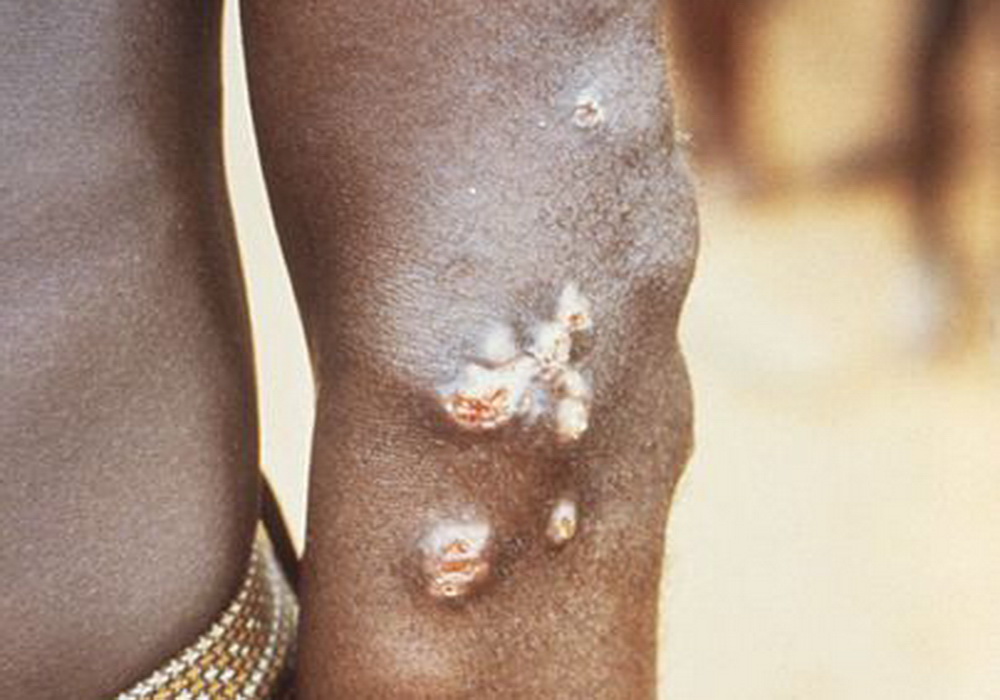
Yaws
Yaws is sometimes described as a non-venereal, that is no-sex, form of syphilis, which has similar symptoms. Caused by a microorganism called Treponema pallidumpertenue, which causes the same kinds of changes in the blood as the Treponema microber that causes syphilis, yaws is transmitted by skin-to-skin contact, most commonly among children under the age of 15. Over the course of 2 to 16 weeks, the site of skin infection can cause "mother and daughter" lesions of the skin, and there can also be infections in bones and soft tissues. The disease can be treated with antibiotics, but sometimes entire communities have to be treated to get rid of the infection for all. During the 1950's the World Health Organization handed out antibiotics to over 300 million people and nearly eradicated the disease, but there are still about 400,000 cases per year.
- Important notification about information and brand names used in this slideshow!
- Photo courtesy of MarcoTolo by Wikimedia Commons : en.wikipedia.org/wiki/File:Yaws_01.jpg
- Koff AB, Rosen T. Nonvenereal treponematoses: yaws, endemic syphilis, and pinta. J Am Acad Dermatol. Oct 1993. 29(4):519-35


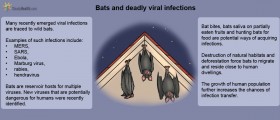
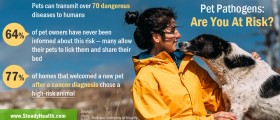









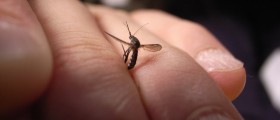


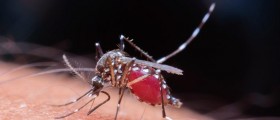


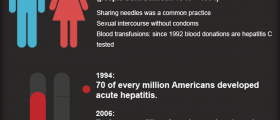





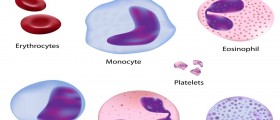

Your thoughts on this
Loading...